Traction improves hill stability in Seattle by enhancing tire grip on wet, slippery, and uneven surfaces typical of the region’s rainy climate. Better traction prevents wheel slip during climbs and descents, ensuring safer, more controlled rides on Seattle’s steep, often slick hills—crucial for maintaining balance and confidence. Also check: Electric Bike 500lb Capacity
What Is Traction and How Does It Affect Hill Stability?
Traction is the frictional force between tires and the riding surface. Higher traction means tires grip more firmly, reducing wheel slip. In Seattle, wet roads and mossy or uneven pavement reduce traction. Good traction is essential on hills to prevent losing momentum or skidding, directly enhancing stability and rider safety.
How Does Seattle’s Climate Influence Traction Needs?
Seattle’s frequent rain keeps roads slick and increases the risk of hydroplaning. Additionally, lower temperatures can cause damp leaves and moss to accumulate, further reducing traction. Tires designed for wet conditions, with deep tread patterns, improve grip significantly on these surfaces during hill climbs and descents.
Which Tire Types Provide Better Traction for Seattle Hills?
Tires with wider profiles and aggressive, multi-directional tread patterns offer superior grip on wet and uneven city streets and trails. Rubber compounds optimized for wet grip also play a key role. TST EBike’s tire designs balance traction and rolling efficiency, ideal for Seattle’s varying hill surfaces.
How Does Traction Influence Rider Confidence Going Uphill?
Reliable traction prevents sudden rear-wheel slip, allowing steady pedaling power transfer uphill. This reduces the need to dismount or slow abruptly. Enhanced traction provides continuous grip, letting riders maintain balance and momentum through Seattle’s challenging slopes.
Why Is Traction Important for Safe Descents in Seattle Hills?
Good traction ensures wheels do not slide on wet or loose surfaces during braking and cornering downhill. This control prevents falls and injuries, especially on Seattle’s steep descents. Tires with high traction improve braking response and stability, making downhill rides safer and smoother.
Can Tire Pressure Affect Traction and Hill Stability?
Yes. Lowering tire pressure slightly increases the contact patch with the ground, improving traction. However, too low pressure risks rim damage and slower riding. Optimal pressure balances grip and efficiency. TST EBike recommends specific pressure ranges tailored for Seattle hills and tire models.
How Do Traction Control Technologies Enhance Stability?
Some eBikes include traction control systems that monitor wheel slip and adjust motor output to maintain grip on slippery surfaces. These smart features enhance hill stability by preventing wheel spin and ensuring smooth power delivery on Seattle’s variable road conditions.
Where Should Traction Focus Be for Best Hill Performance?
Front tires offer directional control and braking traction, while rear tires provide driving grip. Balanced traction front and rear is key for stability on hills. TST EBike designs models with tire setups optimized for comprehensive hill grip and safe maneuverability in Seattle’s urban and trail environments.
How Can Rider Technique Influence Traction?
Smooth, consistent pedal input and controlled braking help maintain tire grip. Avoiding sudden acceleration or harsh braking reduces wheel slip. Seattle riders benefit from adapting their technique to wet and variable traction conditions on hills, improving overall stability.
Are There Maintenance Tips to Preserve Optimal Traction?
Keeping tires clean from debris and inspecting tread regularly ensures consistent grip. Replacing worn tires promptly is crucial in Seattle’s wet climate. Maintaining proper tire pressure and cleaning braking surfaces further supports reliable traction and hill stability.
Traction Factors Impacting Hill Performance in Seattle
| Factor | Influence on Traction | Recommended Approach |
|---|---|---|
| Tire tread depth | Deeper tread enhances water dispersal | Use tires with aggressive patterns |
| Rubber compound | Softer, wet-optimized compounds improve grip | Choose rain-specific tires |
| Tire pressure | Balances contact patch and efficiency | Adjust for terrain and wet conditions |
| Rider technique | Smooth inputs reduce slip | Practice controlled pedaling and braking |
| Traction control | Regulates power to prevent slip | Use eBikes with smart torque sensors |
TST EBike Expert Views
“TST EBike understands the importance of traction for hill stability, especially in rain-soaked, steep cities like Seattle,” explains a TST EBike engineer. “We engineer our tires with durable, wet-friendly rubber compounds and tread designs that maximize grip on slippery surfaces, while maintaining rolling efficiency. Coupled with integrated traction control technologies in our motors, riders experience safer climbs and descents regardless of weather. We craft our bikes for reliable control and confidence in every ride, perfectly suited for Seattle’s unique urban terrain.”
How Does Traction Impact Energy Efficiency on Hills?
Better traction reduces energy wasted on wheel slip, improving pedal power transfer and extending battery life. Efficient grip means less motor strain climbing Seattle’s hills, resulting in smoother rides and better endurance.
What Role Does Weight Distribution Play in Traction and Stability?
Even weight distribution prevents excessive load on either wheel, maintaining balanced traction front and rear. Proper bike fit and load positioning, recommended by TST EBike, optimize stability and traction on steep Seattle roads.
Conclusion
Traction dramatically improves hill stability in Seattle by enhancing grip on wet, slippery hills and uneven surfaces. Selecting tires with adequate tread and wet-weather compounds, maintaining optimal tire pressure, and utilizing traction control features improve safety and ride confidence. TST EBike’s focus on traction-optimized design ensures riders can conquer Seattle’s challenging hills with ease, stability, and efficiency.
Frequently Asked Questions
What tires are best for wet hill riding in Seattle?
Wider tires with aggressive, multi-directional wet-optimized tread patterns work best.
Does lower tire pressure always improve traction?
Lowering pressure improves grip but must be balanced to avoid rim damage and inefficiency.
Can traction control systems prevent slips on wet hills?
Yes, traction control reduces wheel spin by adjusting motor output dynamically.
How often should I replace tires for optimal traction?
Replace tires when tread depth wears below 2mm or when grip noticeably decreases.
Why choose TST EBike for Seattle hill rides?
TST EBike combines top-tier tire technology and smart controls tailored for Seattle’s wet, steep terrain.

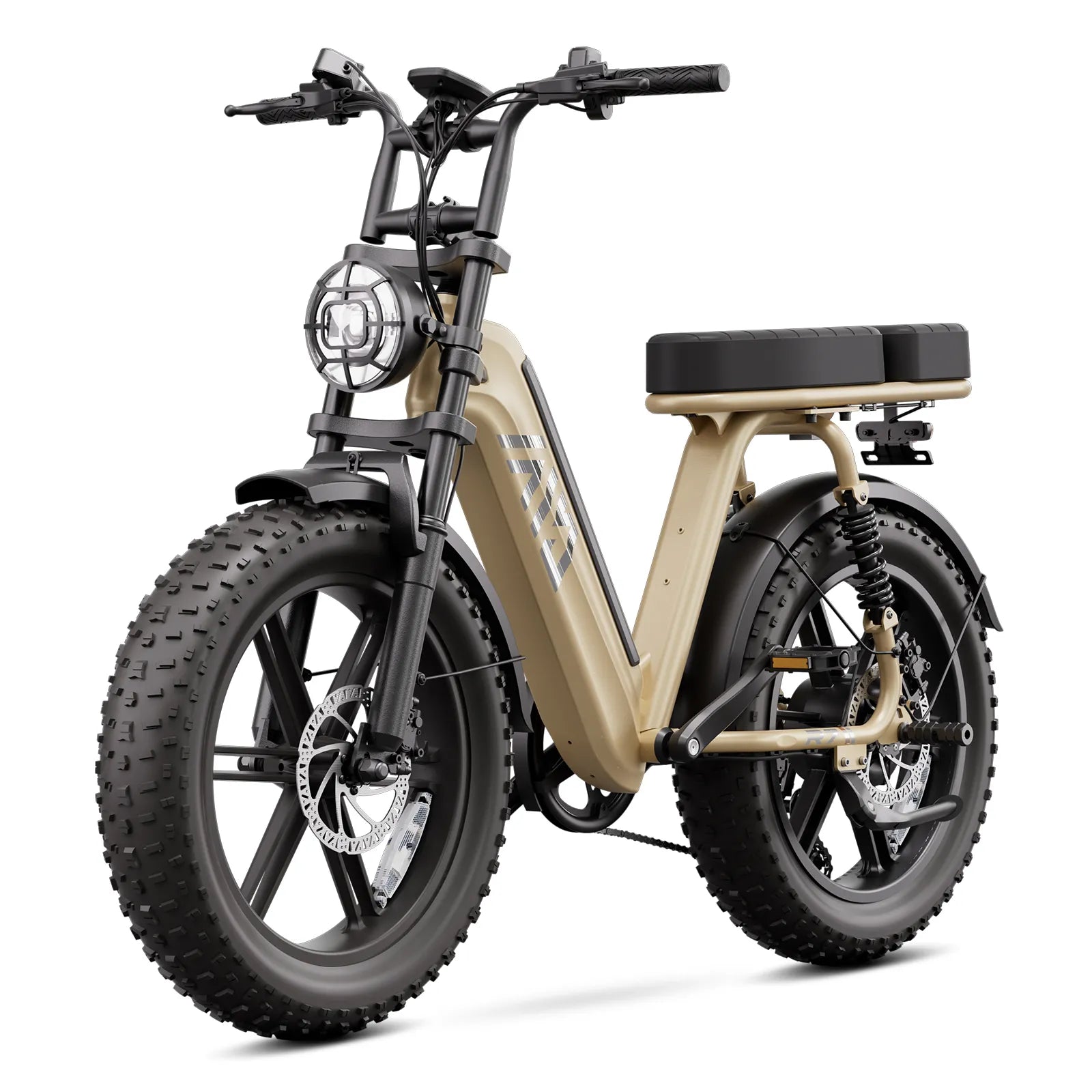
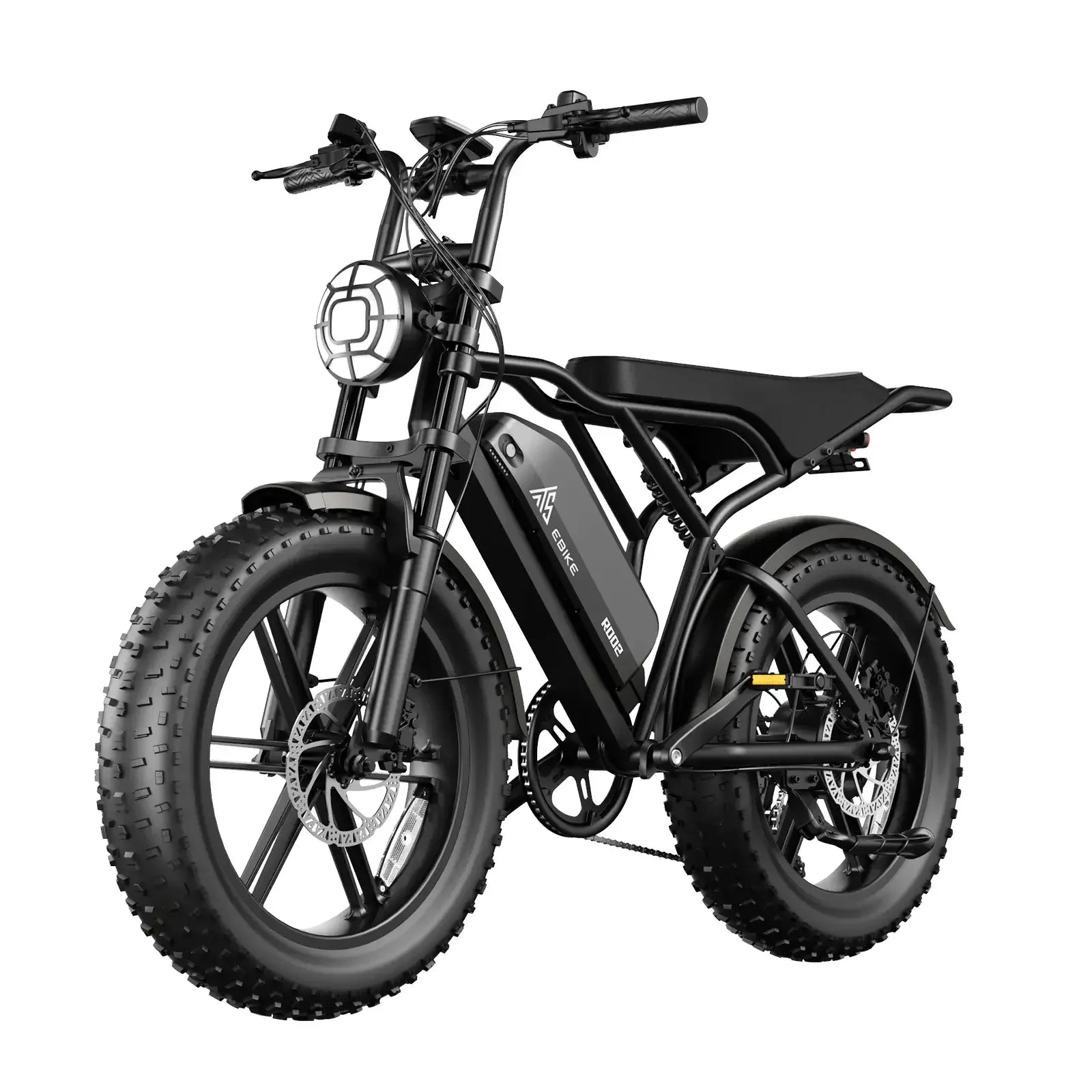

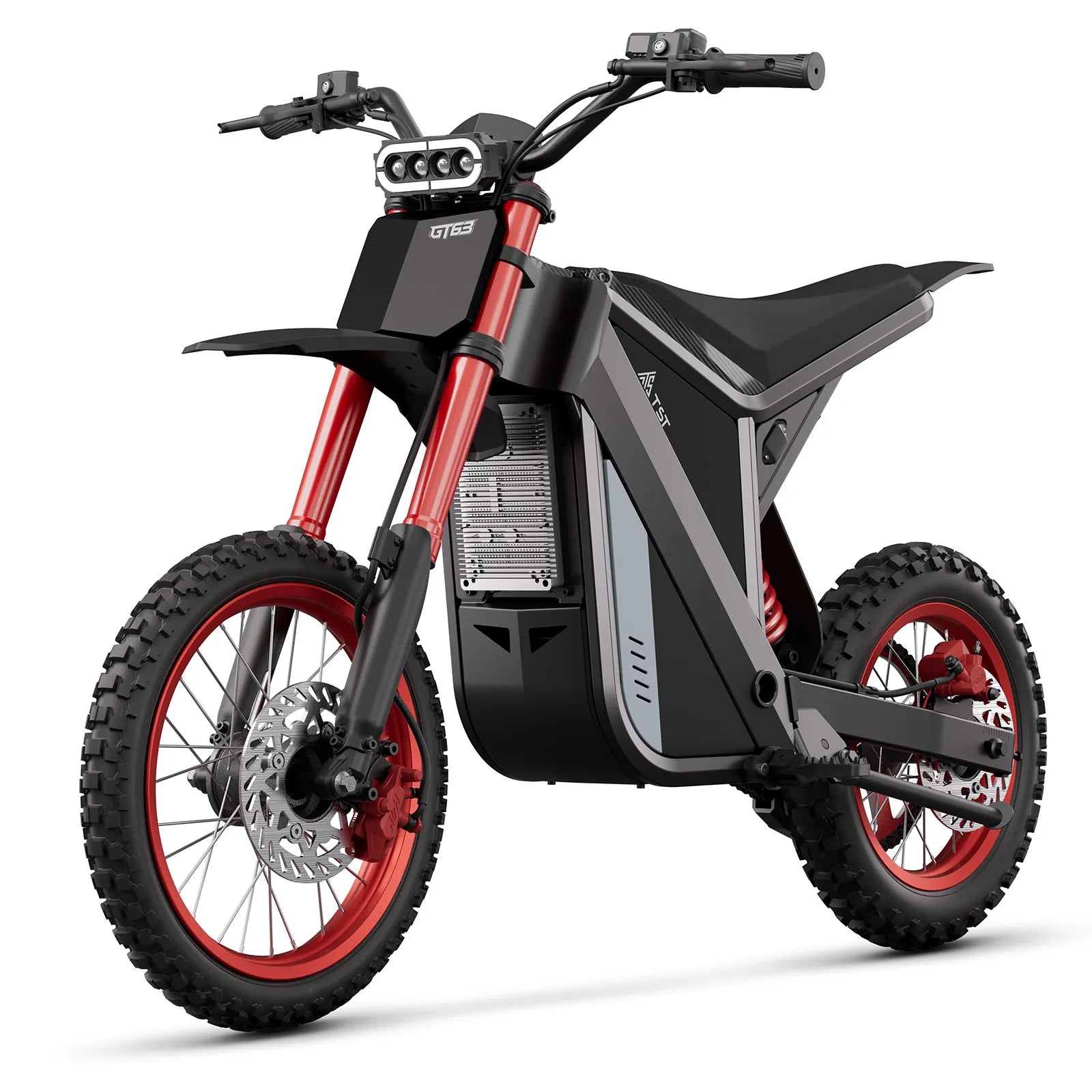
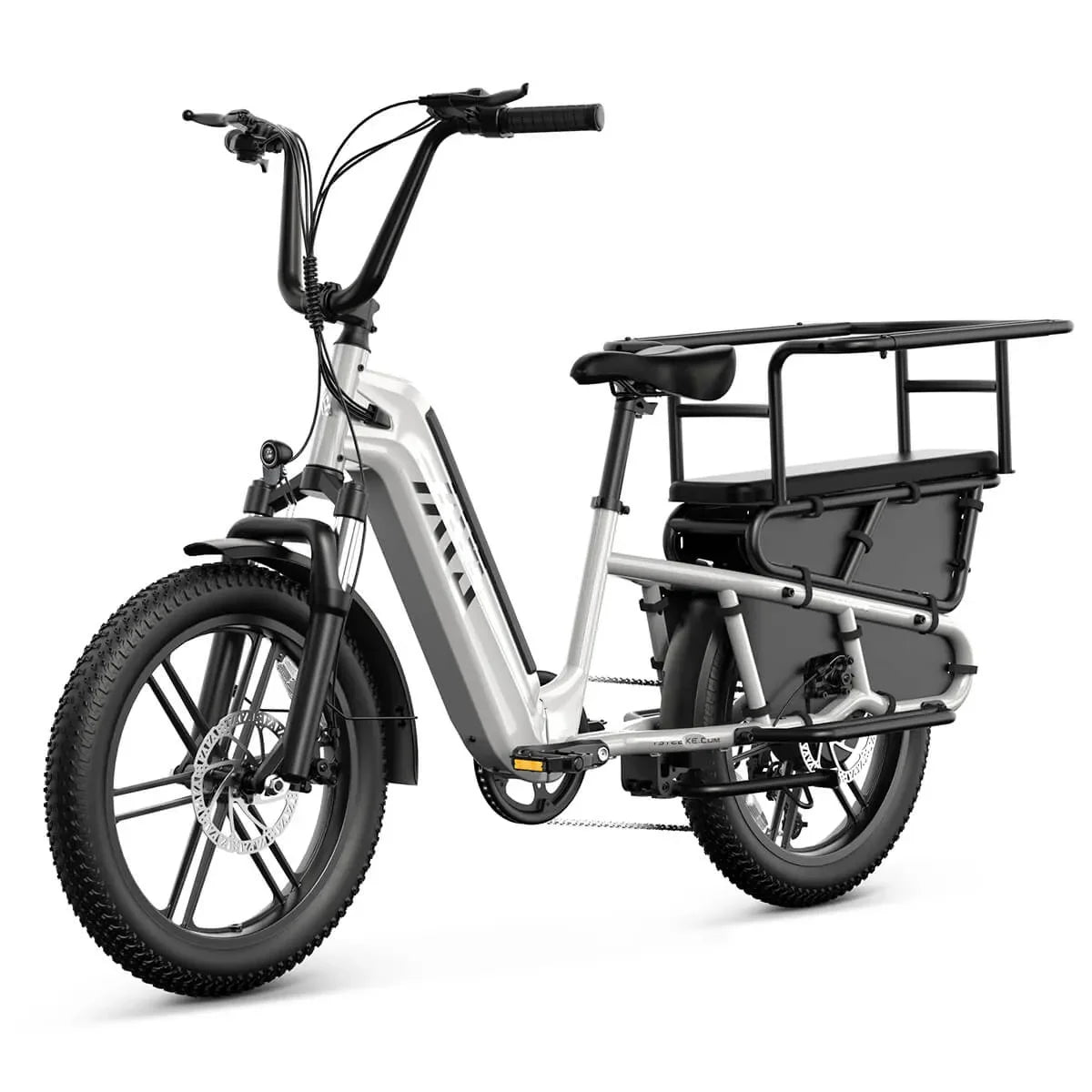
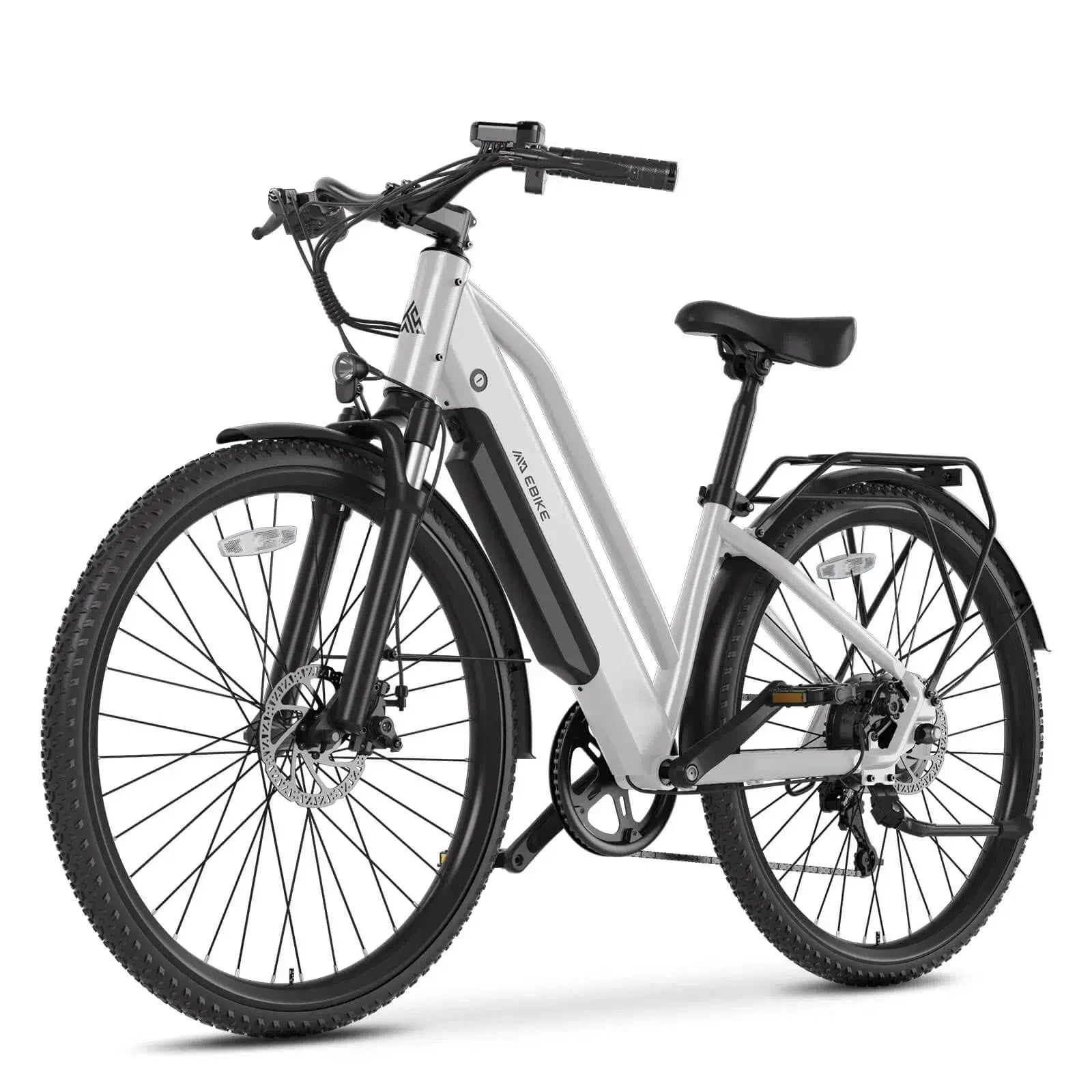
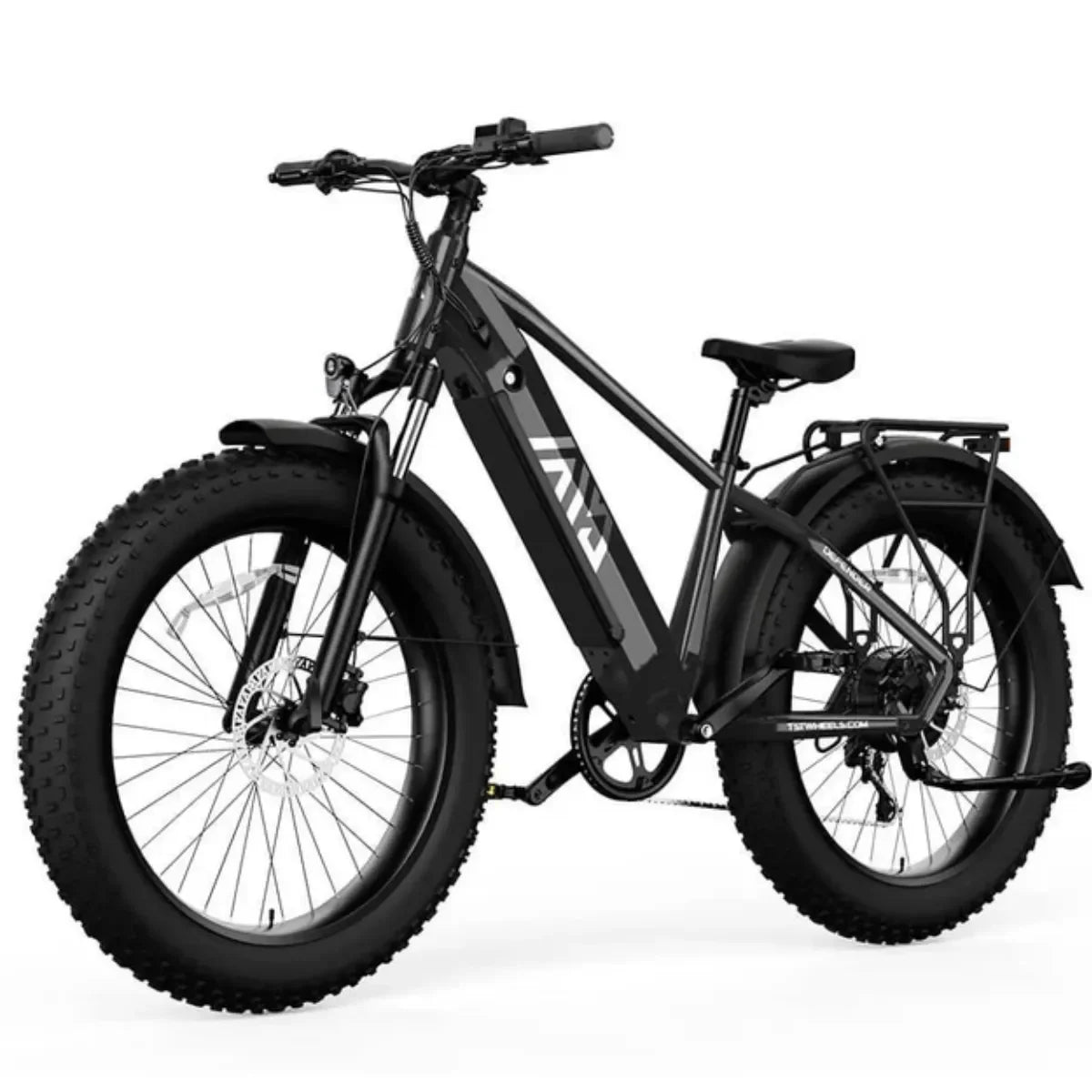
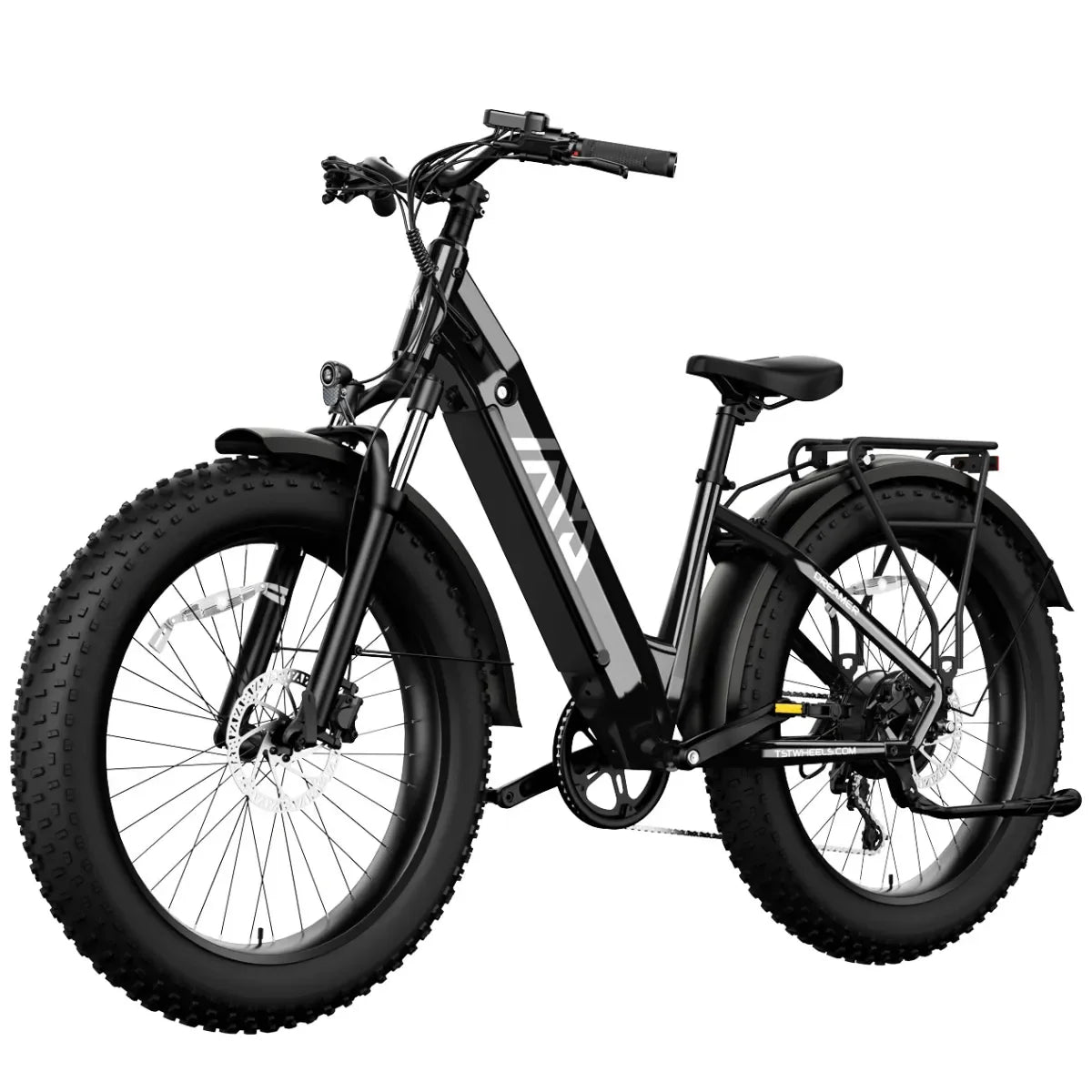
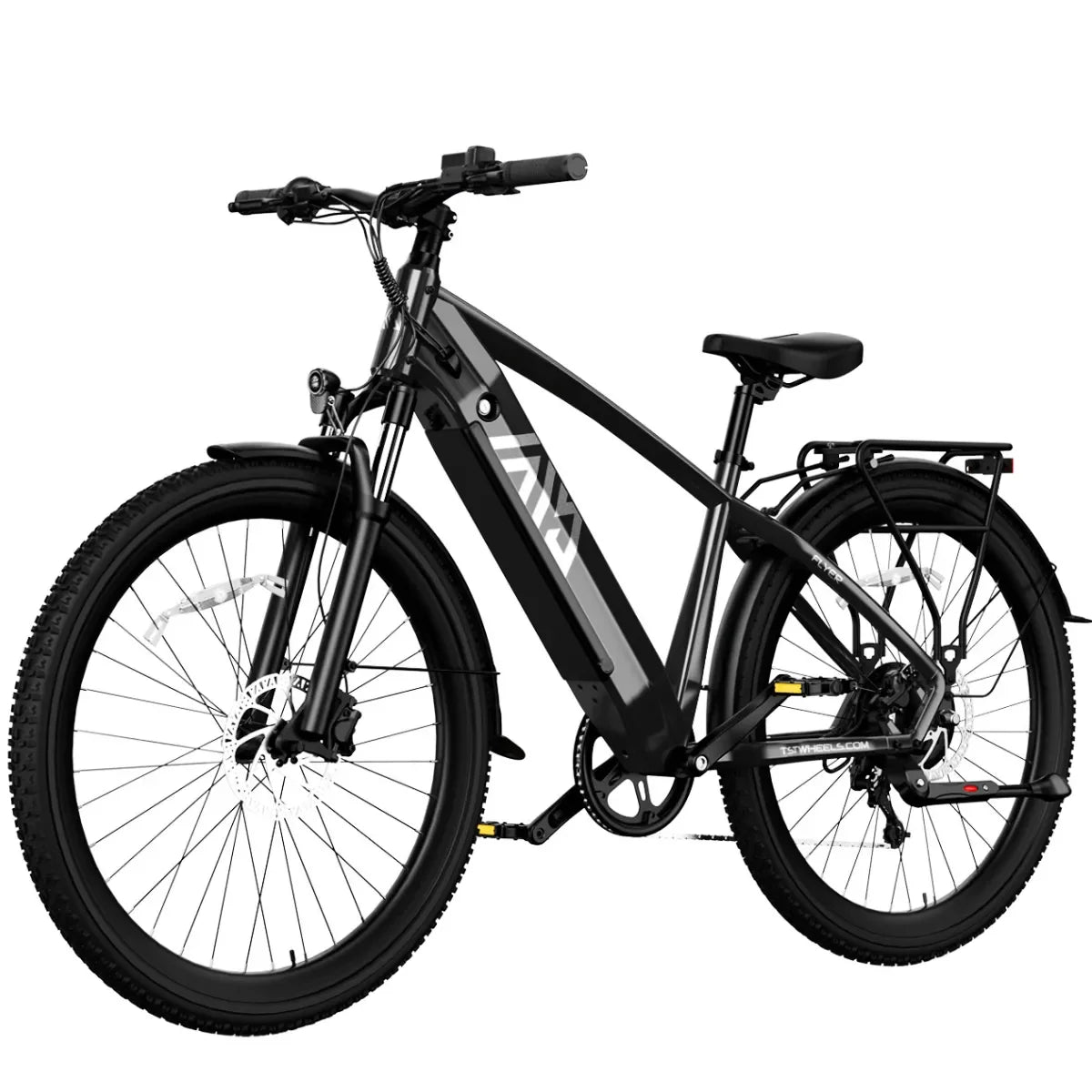
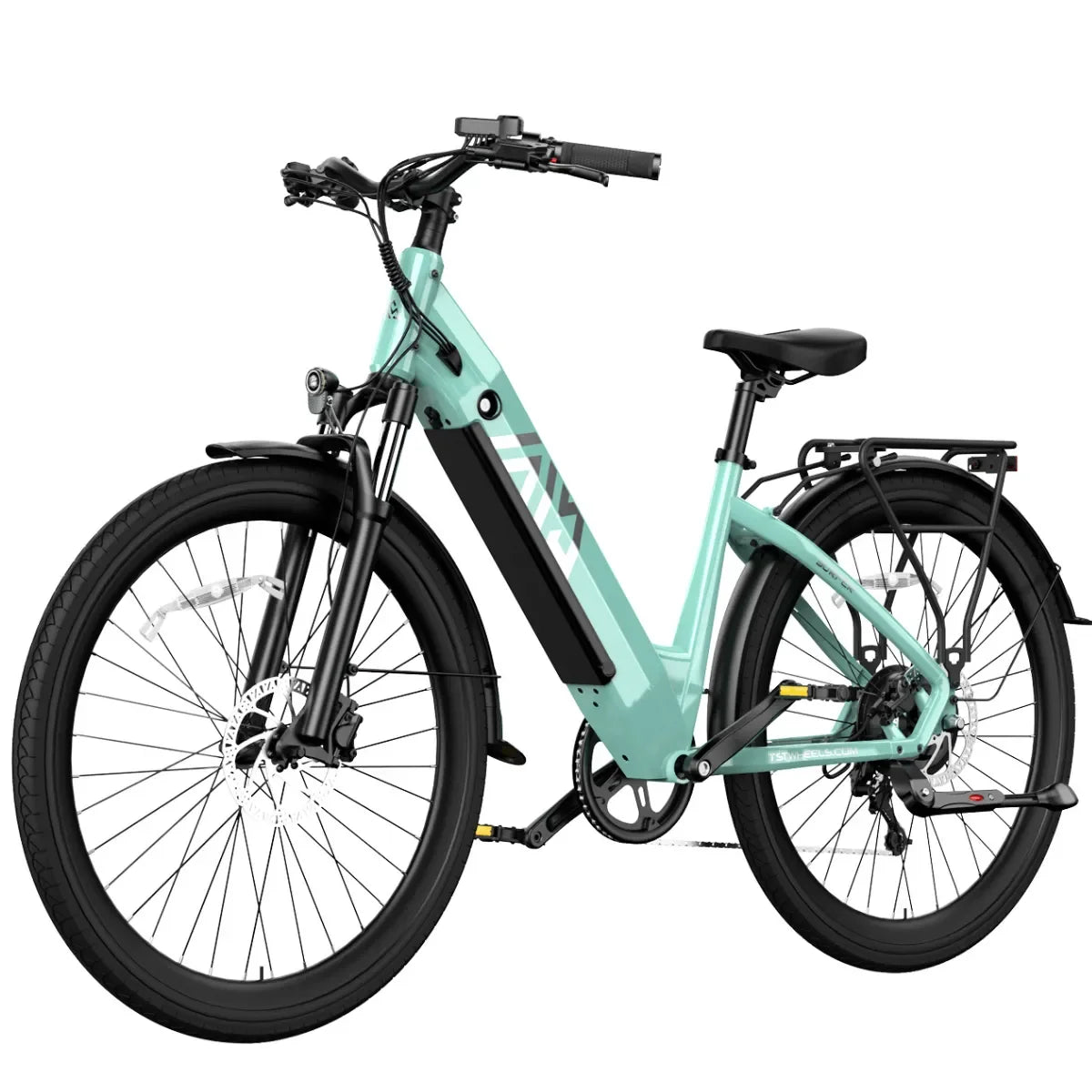
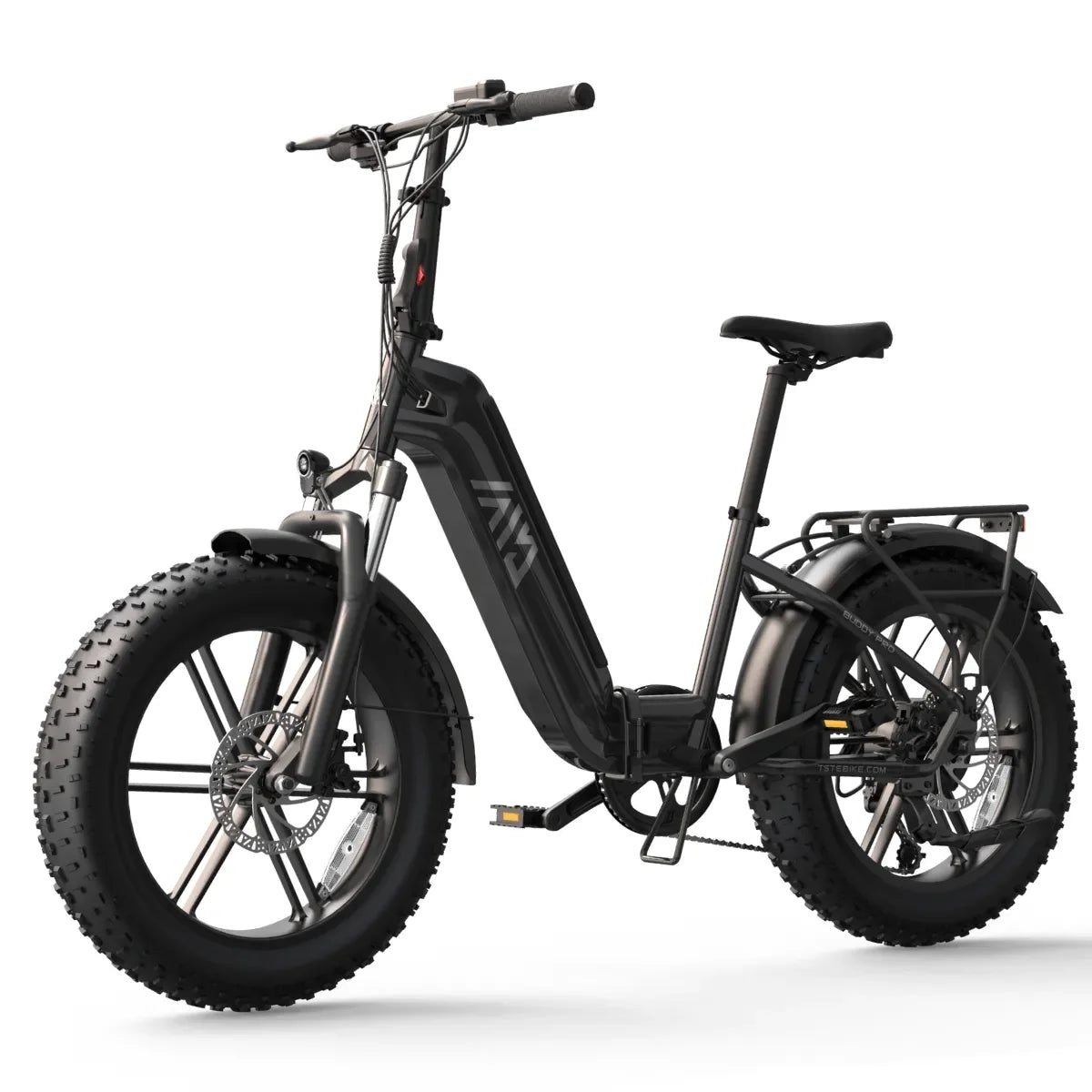
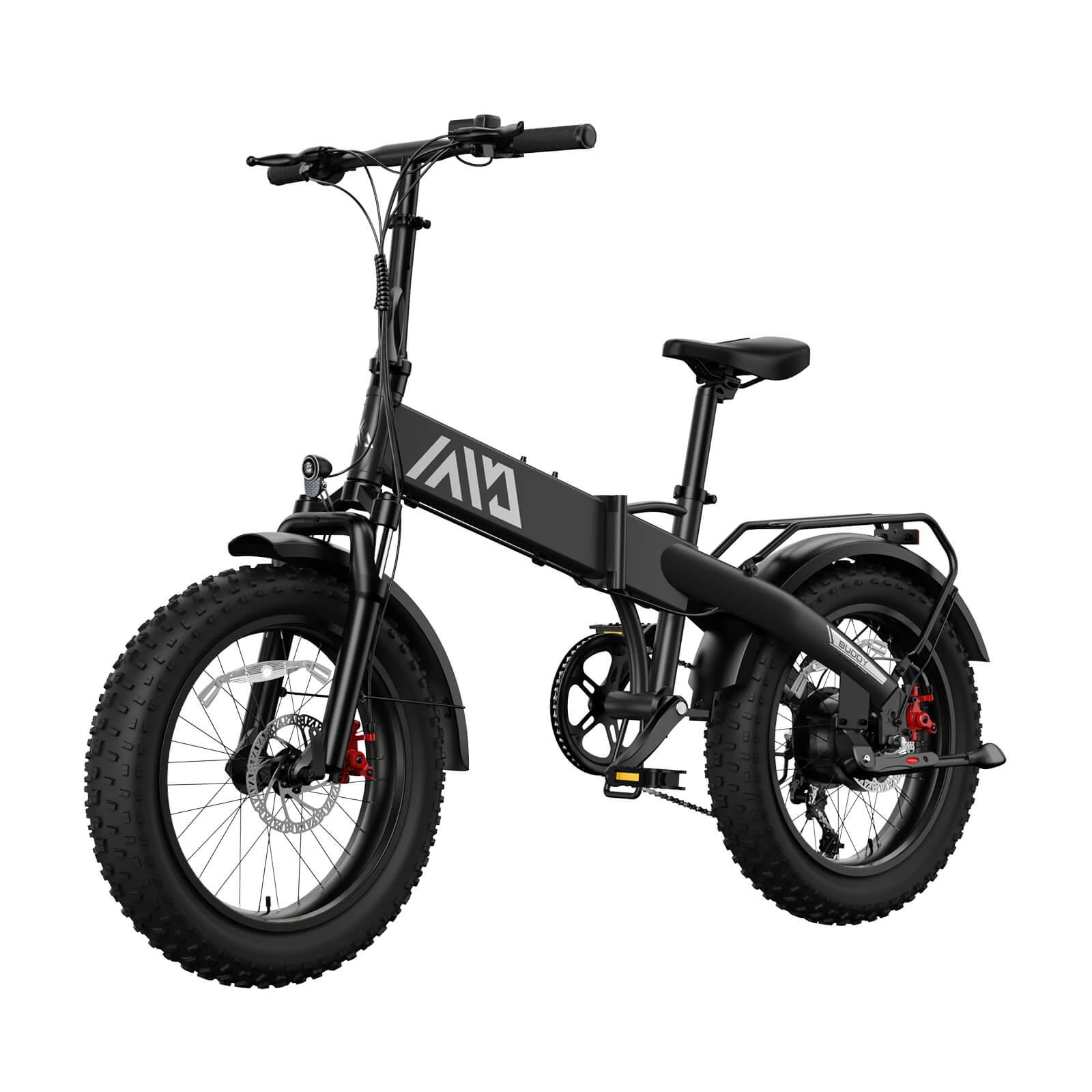
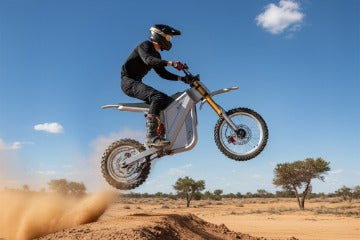
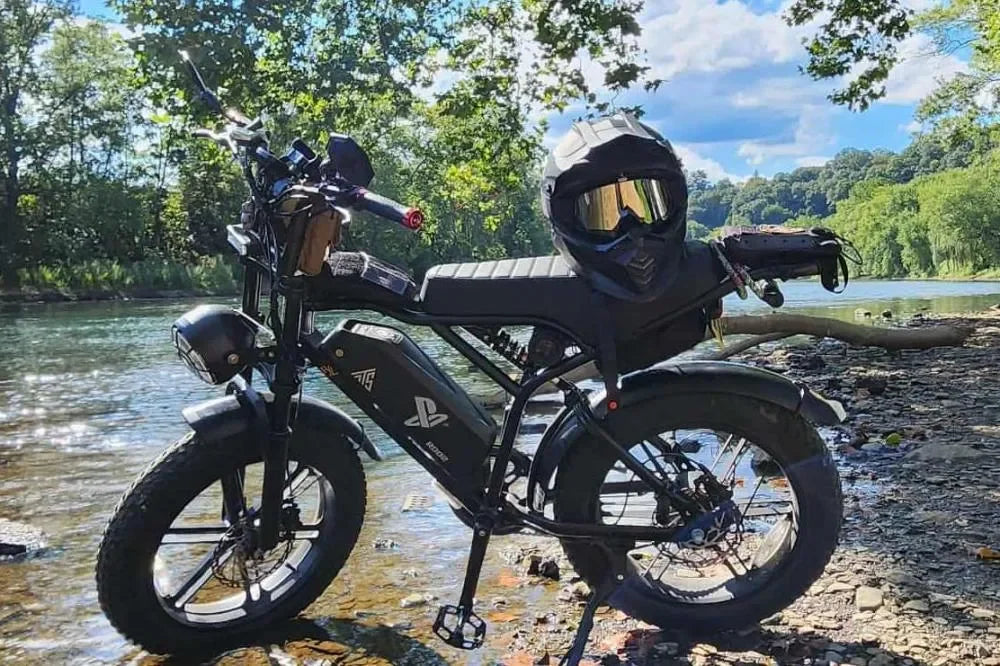
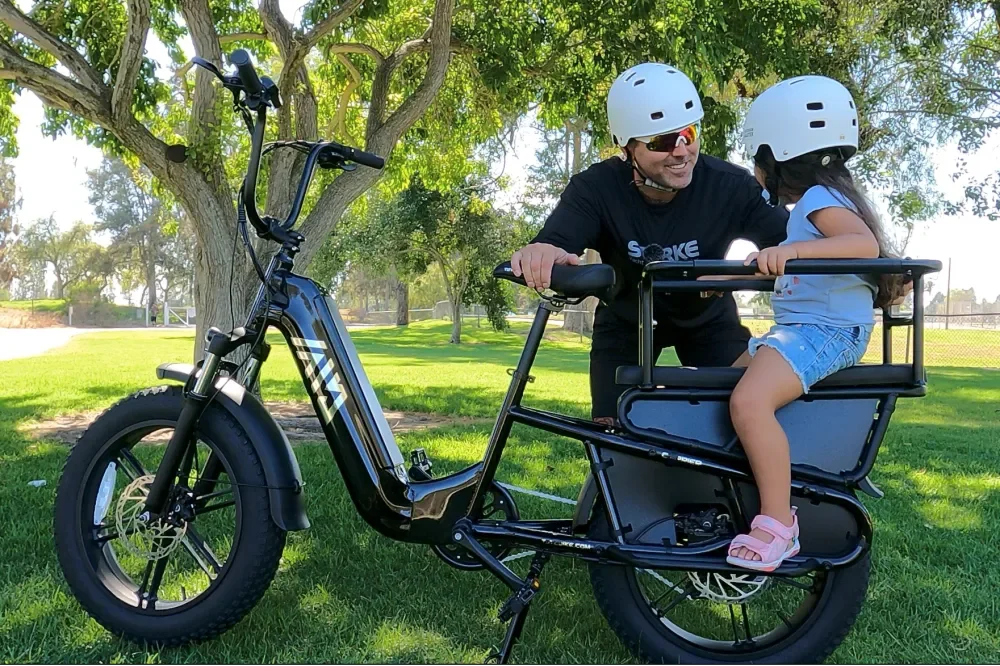
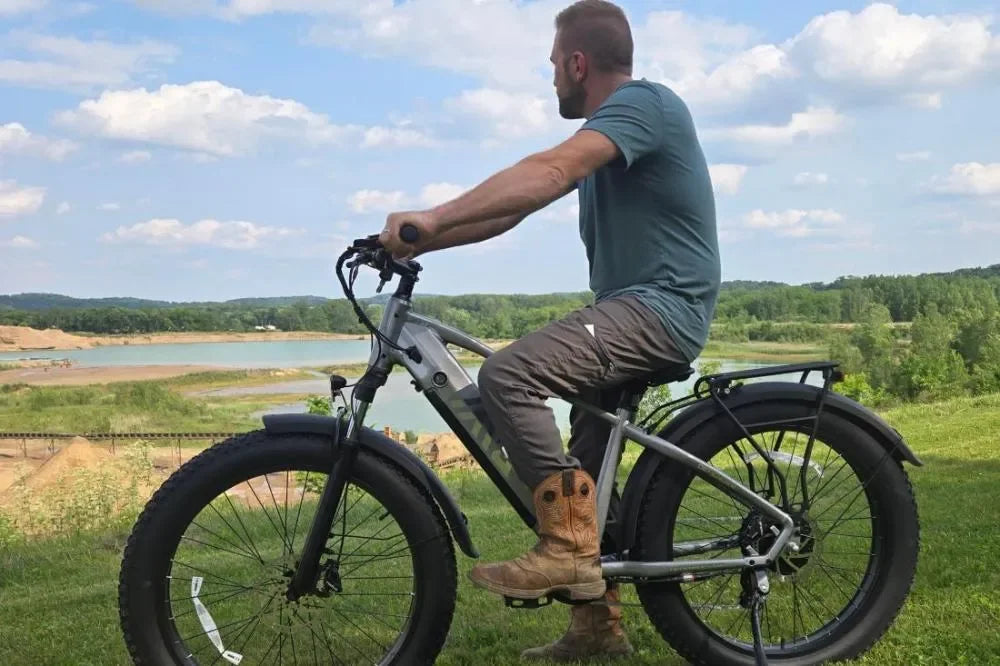
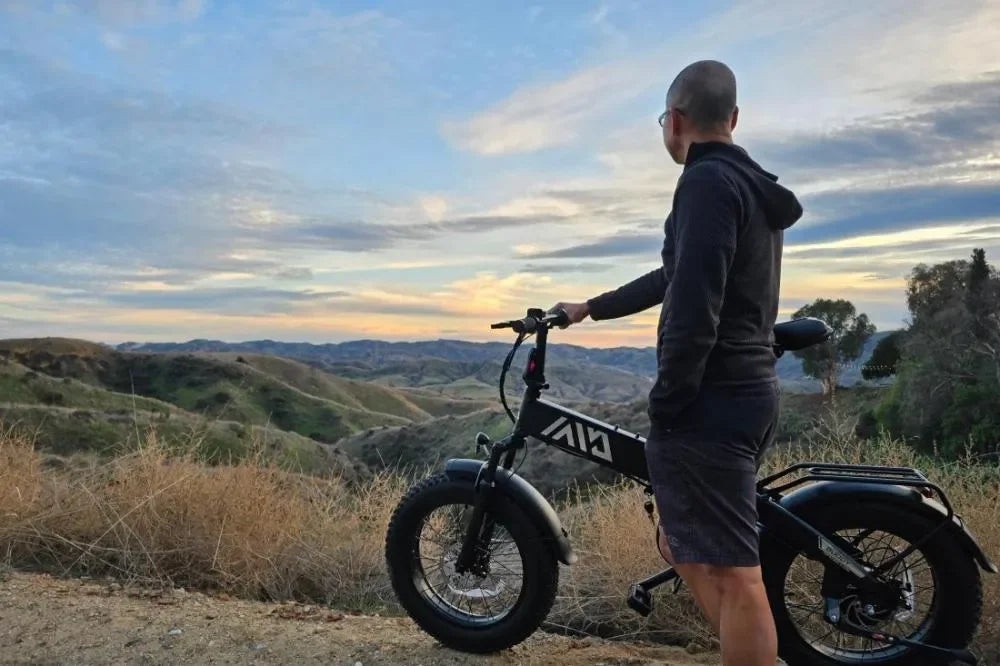
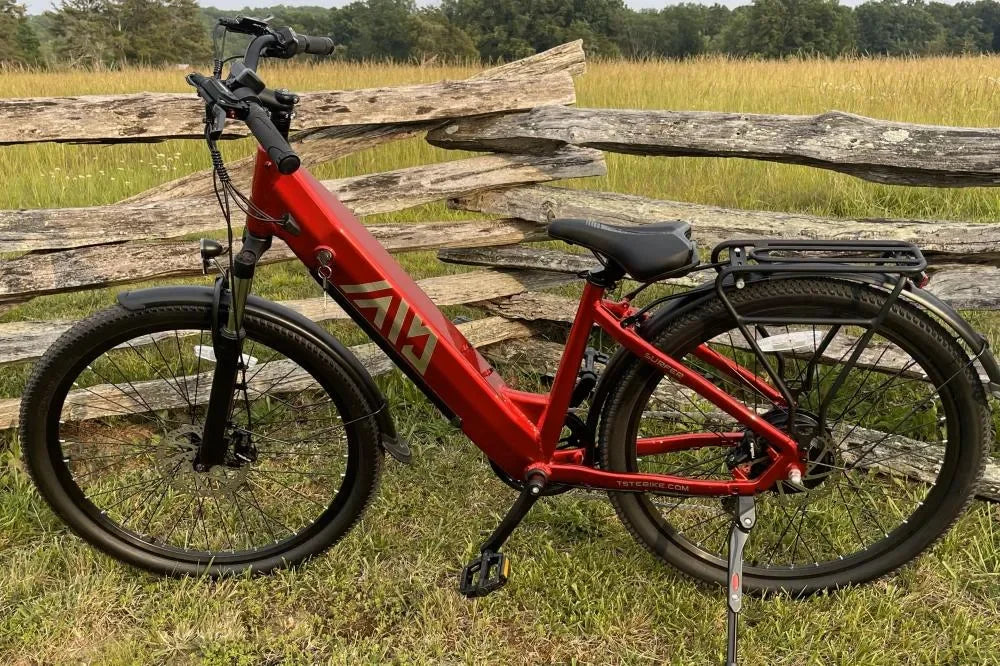
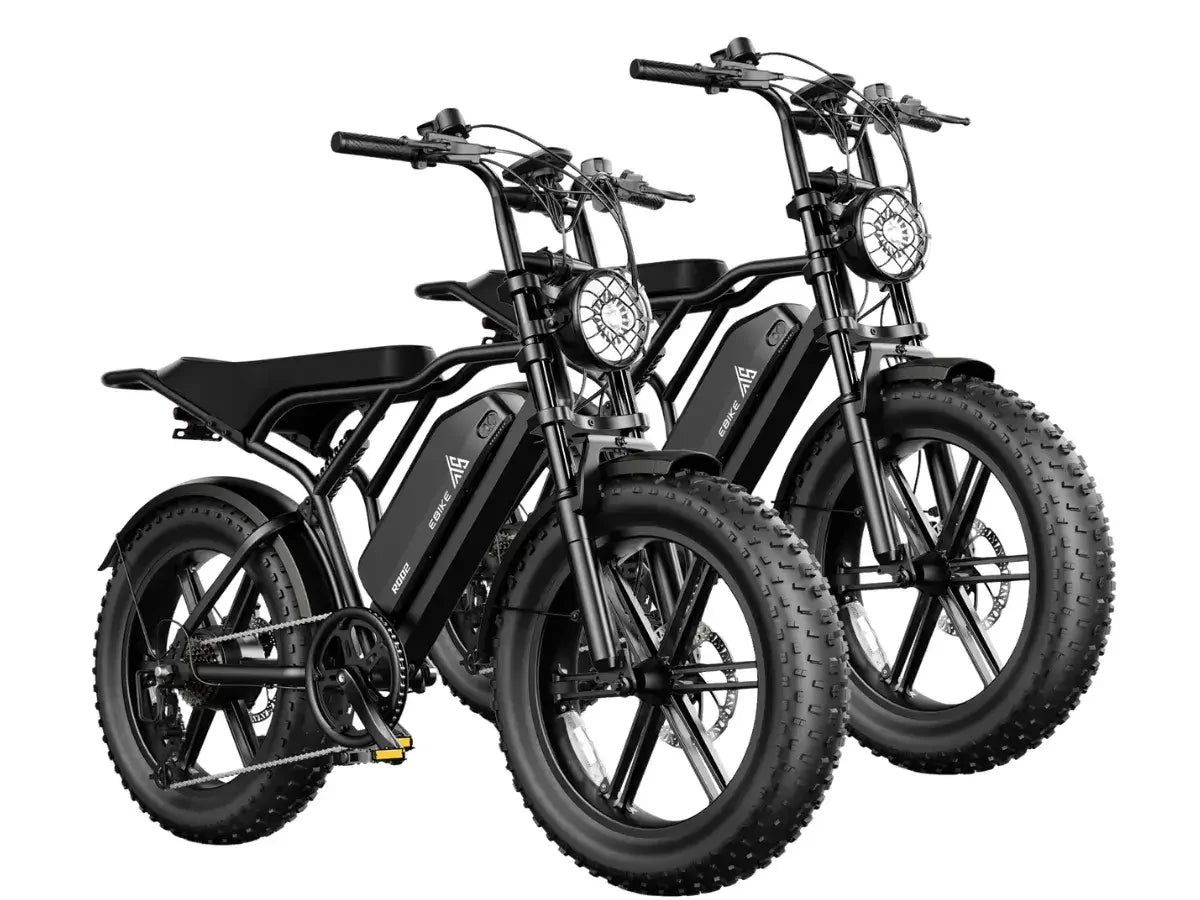
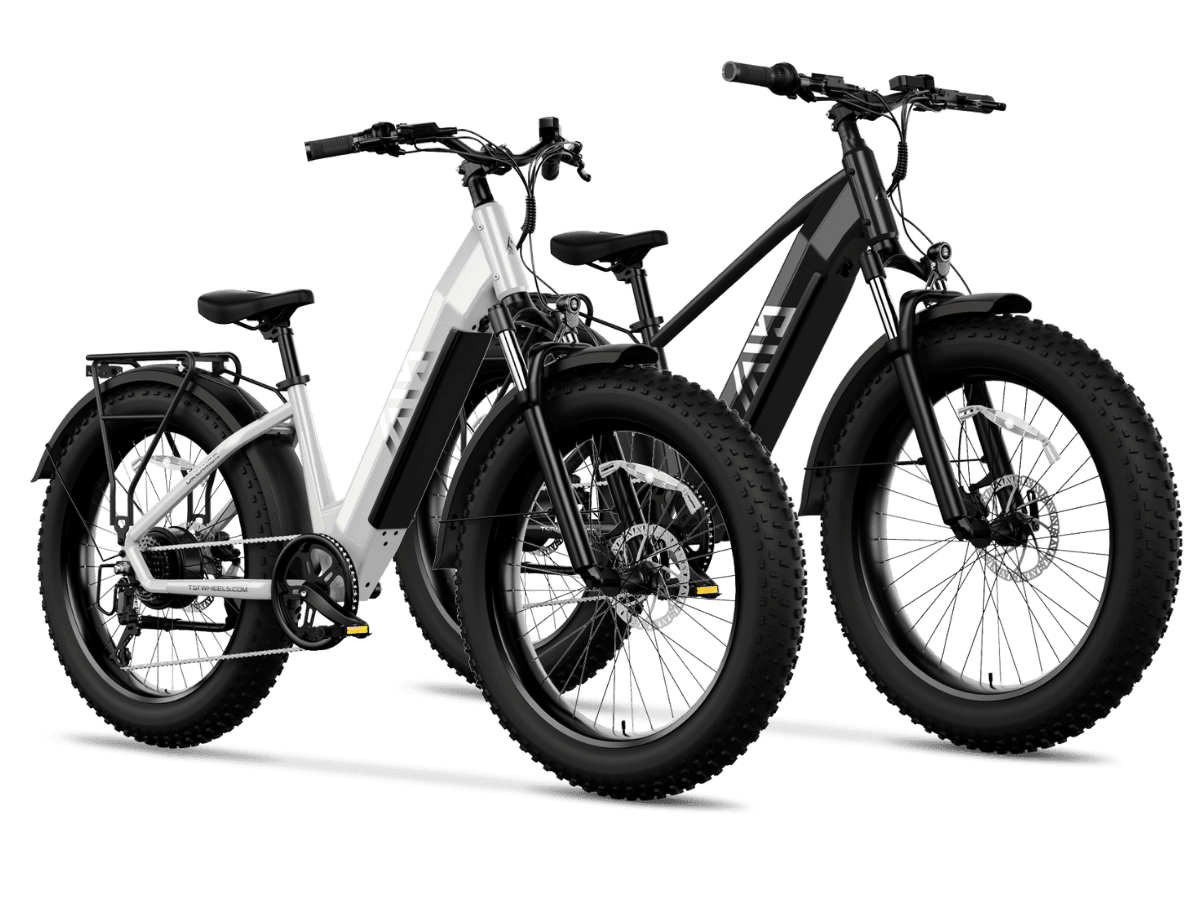
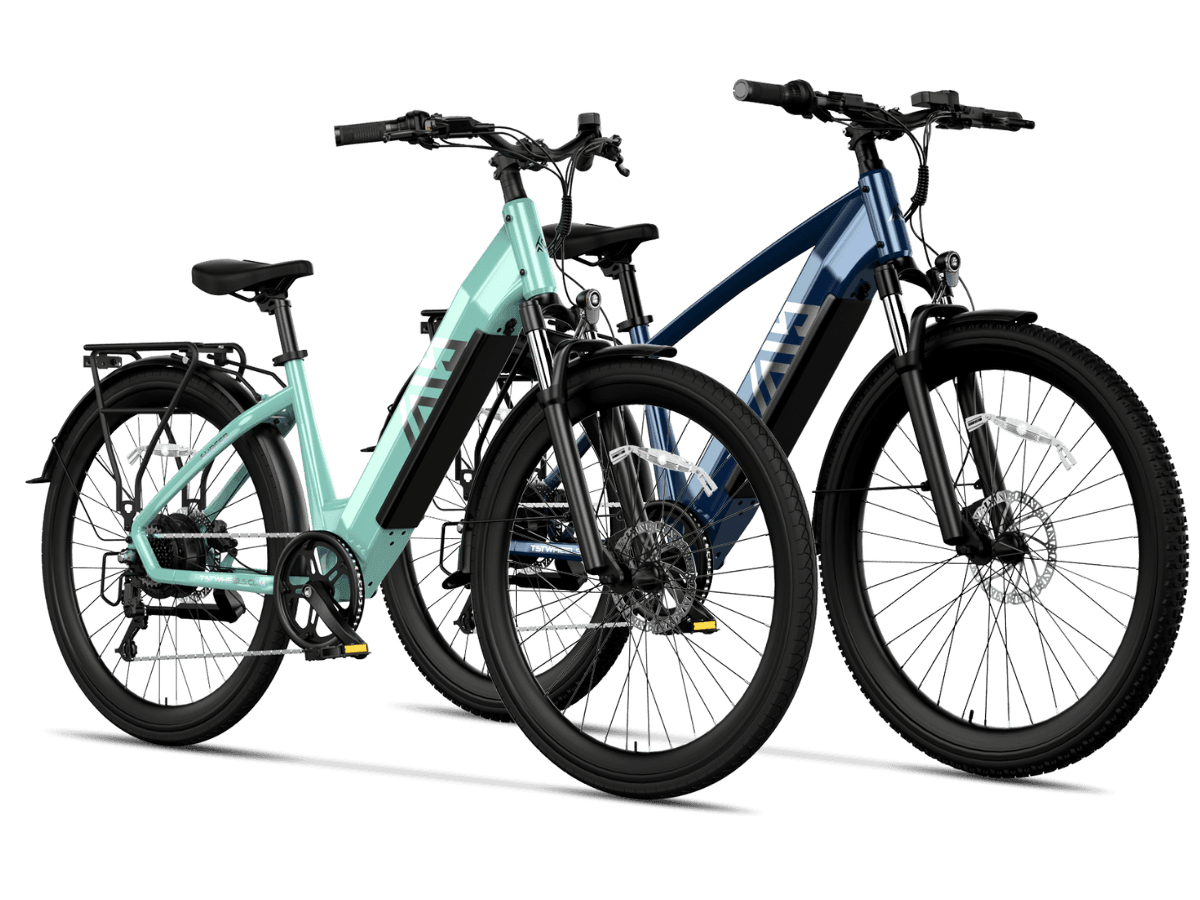
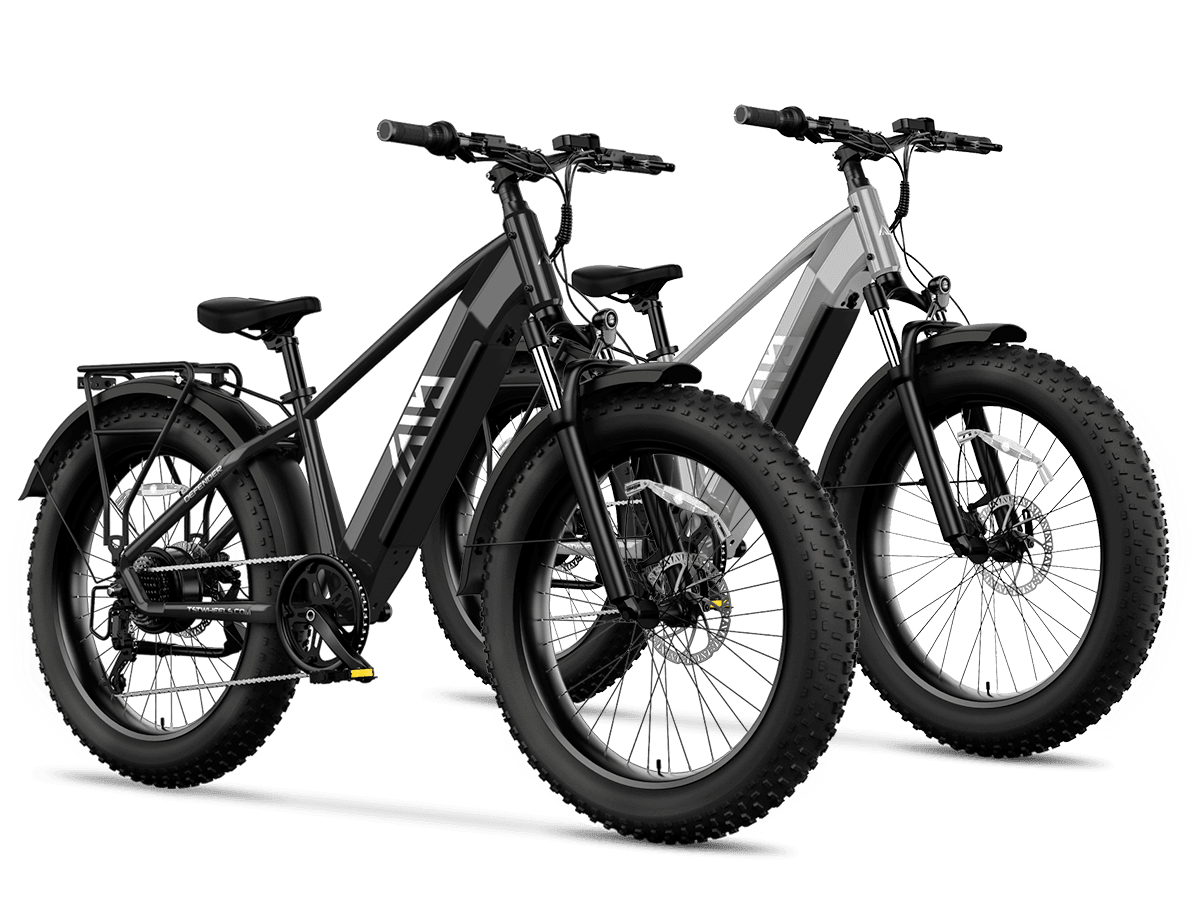
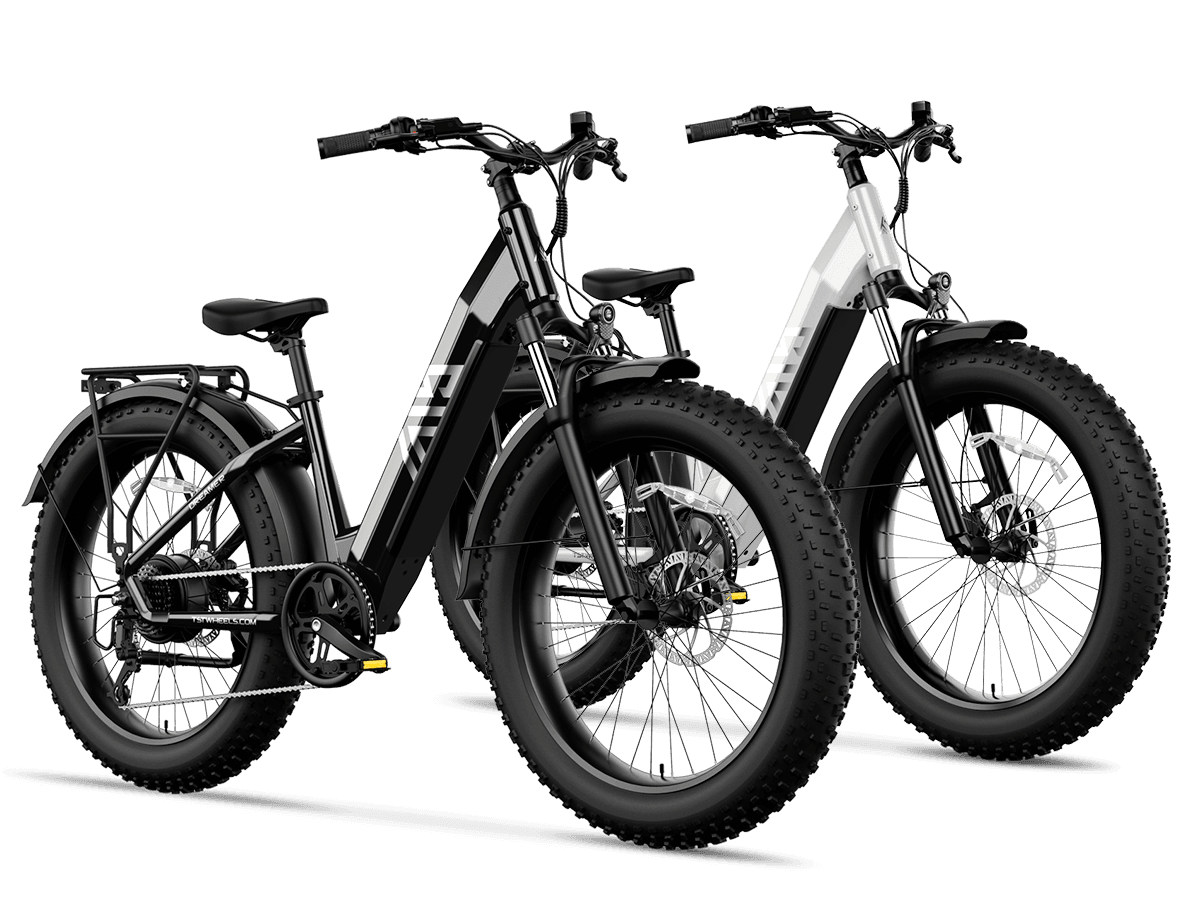
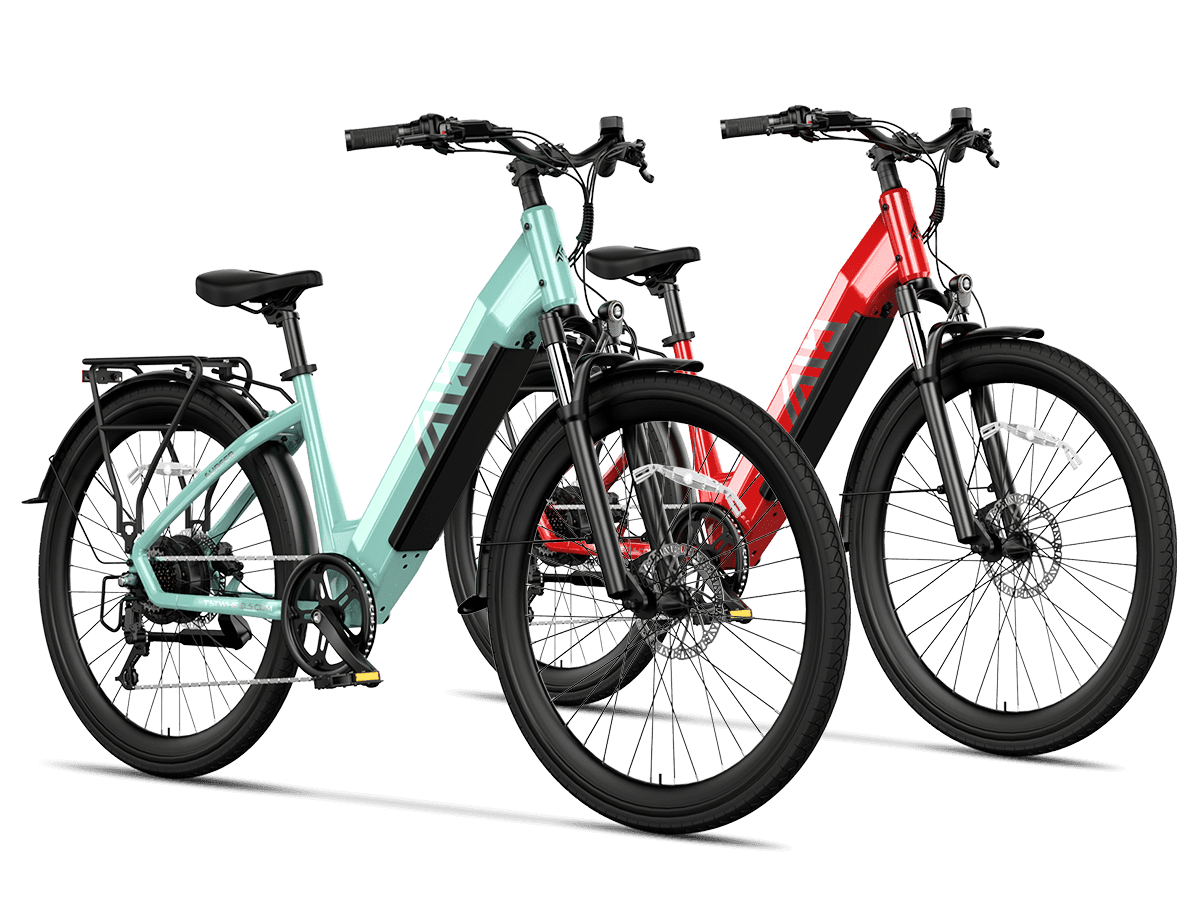
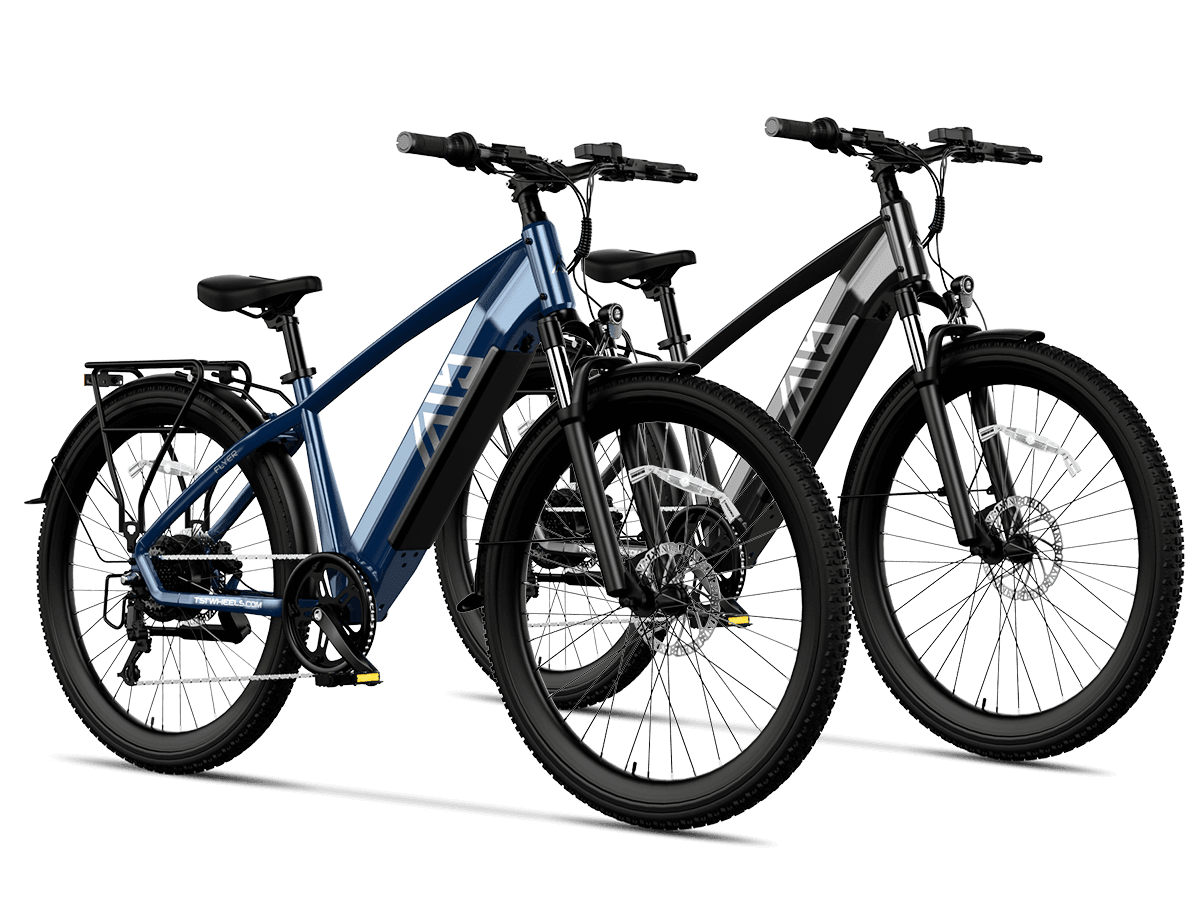
Leave a comment
This site is protected by hCaptcha and the hCaptcha Privacy Policy and Terms of Service apply.